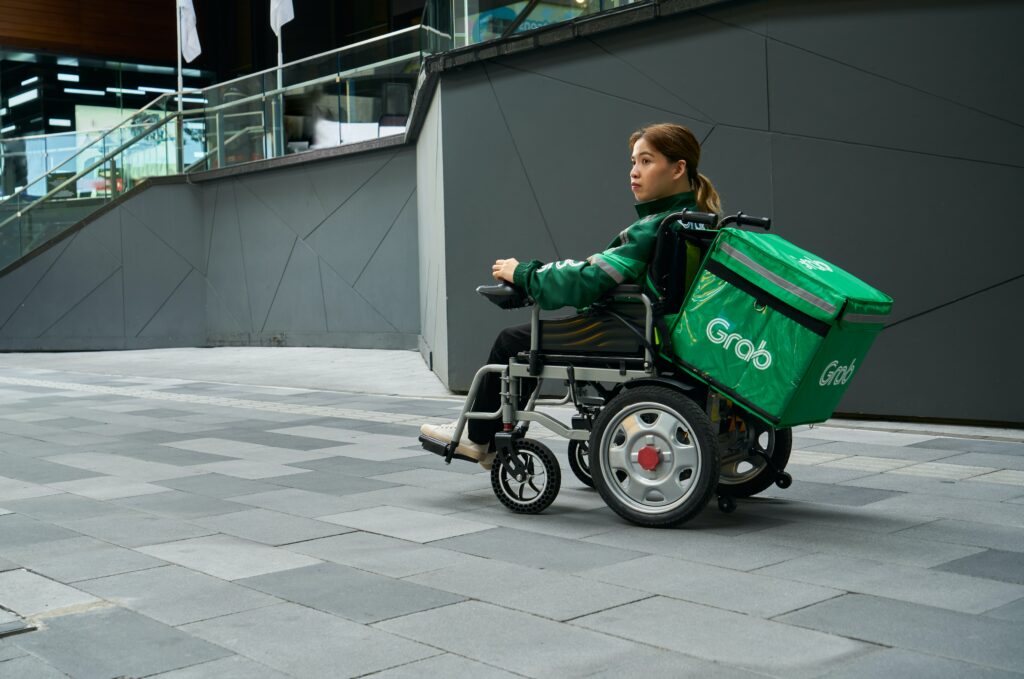This week we discussed accessible learning in an online classroom and the tools that play a key role in fostering inclusivity within the learning environment. We watched an informative video dedicated to Universal Design for Learning (UDL). UDL, as a pedagogical approach, aspires to create a classroom atmosphere that caters to the diverse needs of each student and supports equitable education. We engaged in a classroom discussion about how to adopt the UDL approach and how it allows flexibility in molding teaching methods. Personally, I find the UDL approach to be particularly enticing in the modern context, as it resonates with the evolving landscape of our world, which increasingly prioritizes accessibility. There will always be students who require accommodations to learn to the best of their abilities and it’s our responsibility, as educators, to provide them with the tools to do so. To me, UDL symbolizes a tangible manifestation of this shift.
As class progressed, we were presented with a heartfelt video featuring students who grapple with disabilities sharing their experiences and insights on how educational environments that actively strive to accommodate their needs can be transformative. Their perspectives shed light on the profound impact of inclusivity and how, in the absence of such efforts, they often felt like burdens or outsiders. This served as a reminder that, as an aspiring educator, I aspire to be empathetic and considerate of the unique requirements of my students. It’s important to me to initiate dialogues with my students, collaboratively striving to maximize the accessibility of both my classroom and course materials.
Here is a link to the UDL guidelines in a visually-engaging format.

Leave a Reply
You must be logged in to post a comment.